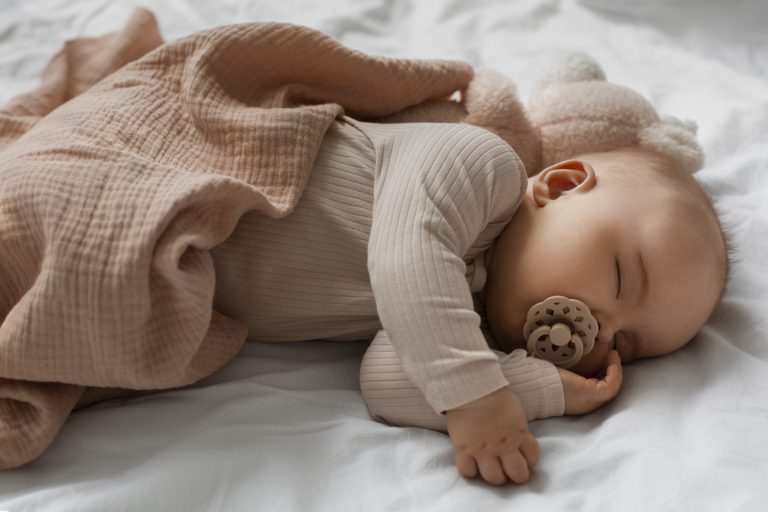How to Master the 2-Year-Old Sleep Regression:
Tips and Strategies
2-year-old sleep regression: It’s the phase many parents dread: your child’s once-reliable sleep routine is suddenly disrupted, and bedtime battles, night wakings, and early mornings become the norm. But don’t worry! With the right knowledge and a few smart strategies, you can navigate this phase with ease.
What to expect
What Causes the 2-Year-Old Sleep Regression?
The 2-year-old sleep regression is a natural developmental milestone. Your child is growing, their brain is making massive leaps, and this can impact their sleep. Factors such as changing sleep needs, separation anxiety, or simply their newfound ability to stay awake longer can lead to restless nights. The key takeaway? This is just a phase, and with a little patience, your child will regain a stable sleep pattern.
Stick to Routines – Even When It’s Hard
Consistency is your best friend during this stage. A fixed bedtime routine gives your child a sense of security and helps them wind down for the night. Tried-and-true rituals include:
- Reading a short story
- Singing a lullaby
- Cuddling before bedtime
The most important thing? Keep these routines the same every night so your child knows it’s time to sleep.
Understanding Your Child’s Sleep Needs
A 2-year-old typically needs 11 to 14 hours of total sleep per day—this includes 10 to 12 hours at night and 1.5 to 3 hours during the day. If your child is struggling to settle at night, consider shortening their nap by 15 to 30 minutes. Also, make sure their nap doesn’t end too late—ideally, they should wake from their nap by 2:30 or 3:00 PM to ensure they’re ready for bedtime.
Preventing Overtiredness
Paradoxically, lack of sleep often makes it even harder for children to sleep well. An overtired child will be more restless, struggle to fall asleep, and wake up frequently at night. A good rule of thumb: the ideal bedtime for a 2-year-old is between 7:00 and 7:30 PM.
Pay attention to wake windows—the time your child stays awake between naps or bedtime. At this age, children shouldn’t be awake for more than 5-6 hours before going to bed.
Handling Separation Anxiety
Separation anxiety can be a big challenge at this stage. Your child is becoming more aware that you’re not always there, which can lead to bedtime struggles. Here’s how to ease their worries:
- Stick to routines: Familiar bedtime rituals provide reassurance.
- Offer gentle comfort but avoid over-dependence: It’s okay to soothe your child, but avoid spending hours next to them every night.
- Set clear but loving boundaries: A reassuring “I’m here, but you can sleep on your own” helps your child build confidence in their ability to sleep independently.
Set Clear Rules – But Offer Choices
Two-year-olds love to feel in control—so use that to your advantage! Give them simple choices to reduce bedtime resistance:
- “Do you want the blue or red pajama pants?”
- “Would you like one story or two short ones?”
- “Which stuffed animal will sleep with you tonight?”
These small decisions give your child a sense of independence while reinforcing the non-negotiable rule: it’s bedtime.
Creating the Perfect Sleep Environment
Your child’s sleep environment makes a bigger difference than you think! Here are some key tips for optimal sleep conditions:
- Keep it dark: Blackout curtains can block out unwanted light.
- Maintain a quiet atmosphere: White noise machines or soft music can help mask disruptive sounds.
- Control room temperature: The ideal sleep temperature is between 18–20°C (64–68°F).
If Nothing Works: Gentle Sleep Coaching Instead of Strict Methods
At Slepystar.de, we believe in gentle sleep support rather than rigid sleep training methods. At age two, it’s not about “sleep training” anymore—it’s about behavioral adjustments. If you feel stuck, a personalized sleep consultation might be just what you need.


